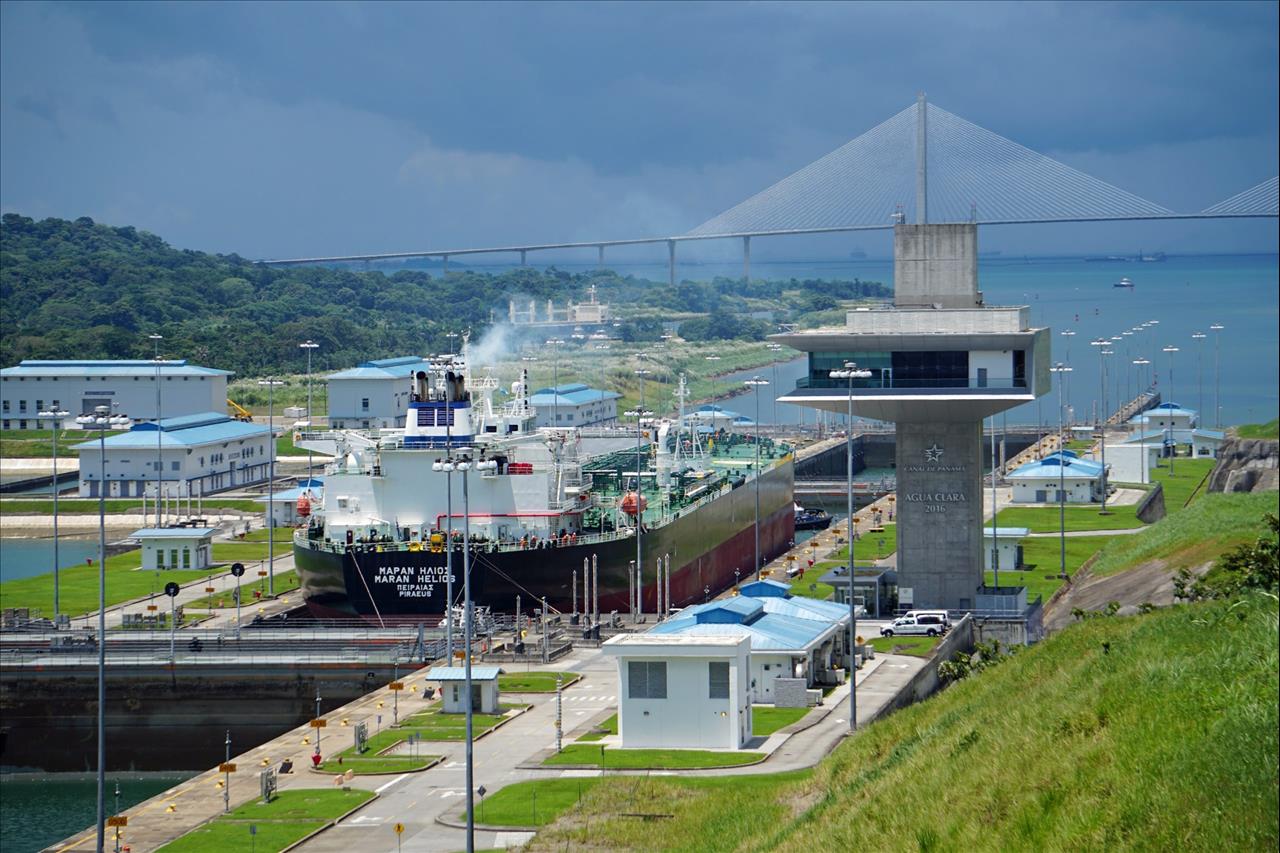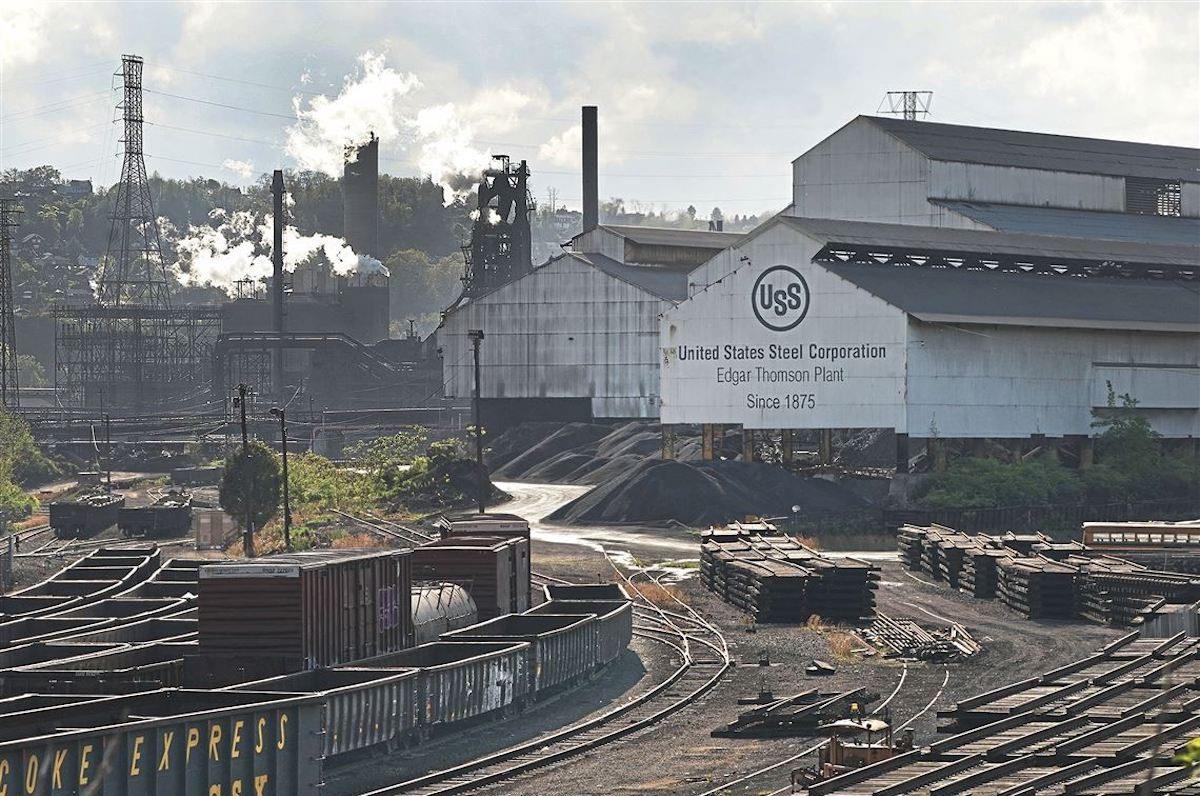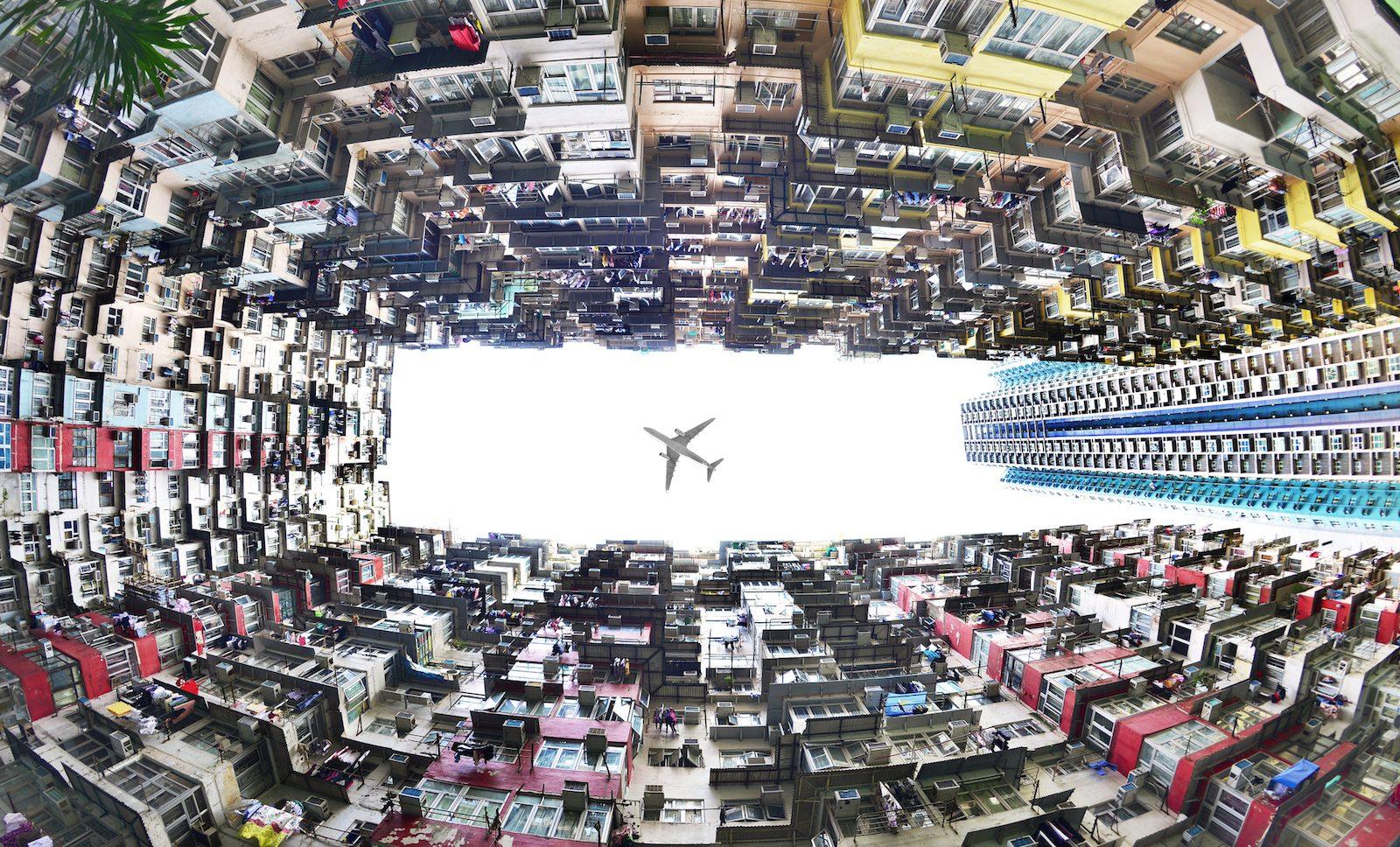
Could Trump Seize The Panama Canal?
On Tuesday during a press conference at Mar a Lago he refused to rule out the use of military force to retake the canal.
Is Panama at risk of losing control over the canal?
A short answer is that Trump does not have the means to“take back” the canal without engaging in an illegal war of aggression.
The canal zone was never US property; it was only leased. The canal is not at risk of being lost.
Instead, Trump's statements appear to be an opening gambit in his broader strategy to regain influence in Latin America.
Some useful historyOne of humanity's most remarkable engineering feats, The Panama Canal , has connected the Atlantic and Pacific Oceans since 1914. The concept of constructing a canal through Panama's isthmus can be traced back to the 16th century when Spanish conquistadors recognized its potential to transform global trade routes. However, it was not until the 19th century that concrete plans for the canal emerged, driven by technological advancements that made such an ambitious project feasible.
The first significant attempt to build the canal began in 1880, led by French engineer Ferdinand de Lesseps, the mastermind behind the Suez Canal. Initially, the plan was for a sea-level canal, but the technical and environmental challenges proved insurmountable. Harsh climatic conditions, tropical diseases like malaria and yellow fever and the daunting task of excavating through hilly and swampy terrain led to the project's collapse. By 1889, more than 20,000 workers had died, and the venture's financial backers faced bankruptcy, nearly triggering a French state financial crisis.
In the early 1900s, the United States expressed interest in constructing the canal to shorten trade and military routes. Initial negotiations with Colombia, which at the time included Panama, failed when Colombia rejected the US offer to lease the land.
The US then supported Panama's independence movement, and on November 3, 1903, Panama declared its independence from Colombia. Two weeks later, the newly established Panamanian government signed the Hay-Bunau-Varilla Treaty, granting the US rights to lease a 16-kilometer-wide zone for constructing, operating, and defending the canal in return for an annual payment, though initially at a rate so low that it fueled later political tensions.
The US commenced construction in 1904, employing modern engineering techniques, including a lock system to manage elevation changes, and making significant efforts to combat disease by eradicating mosquitoes and improving sanitation. After a decade of intensive work, the canal officially opened on August 15, 1914, marking a new era in global trade, as ships could now bypass the perilous journey around Cape Horn.
The US viewed the canal zone as its territory, despite the fact it was leased from Panama. Despite the canal's economic and strategic importance, US control over the waterway and its revenues stoked resentment in Panama.
Tension reached a peak in the 1960s . This led to negotiations that culminated in the 1977 Torrijos-Carter Treaty, which outlined a phased transfer of canal administration to Panama, completed on December 31, 1999. The canal has since become a symbol of Panama's national sovereignty and economic strength.

Legal Disclaimer:
MENAFN provides the information “as is” without warranty of any kind. We do not accept any responsibility or liability for the accuracy, content, images, videos, licenses, completeness, legality, or reliability of the information contained in this article. If you have any complaints or copyright issues related to this article, kindly contact the provider above.


























Comments
No comment